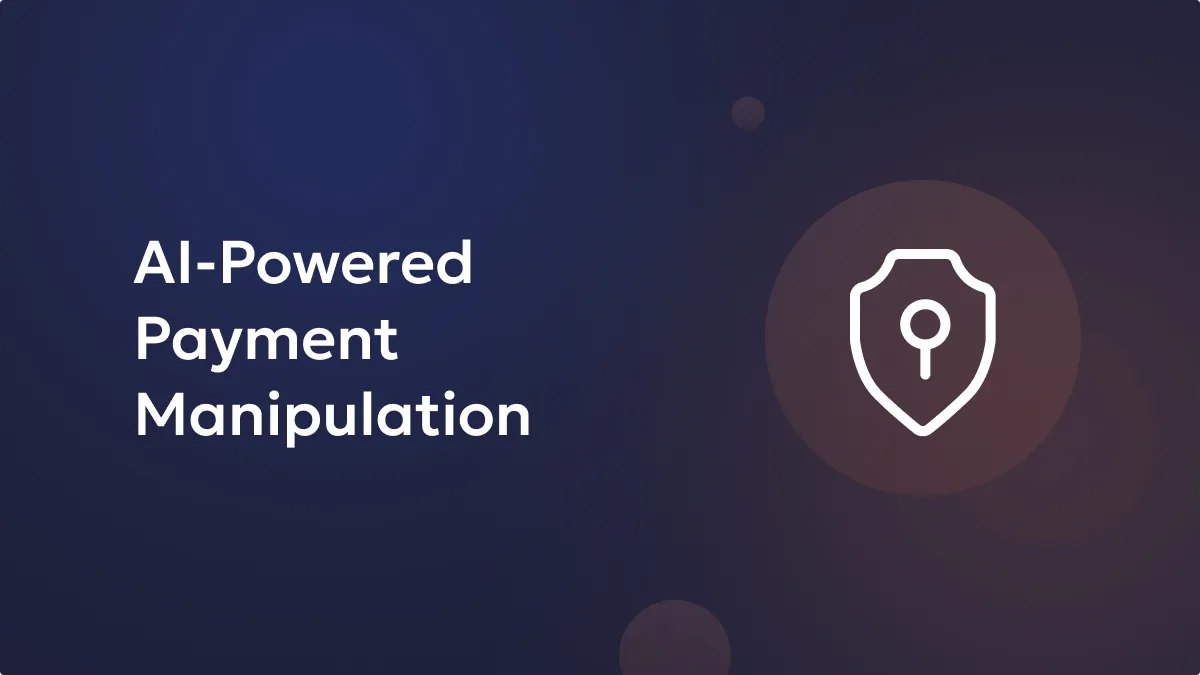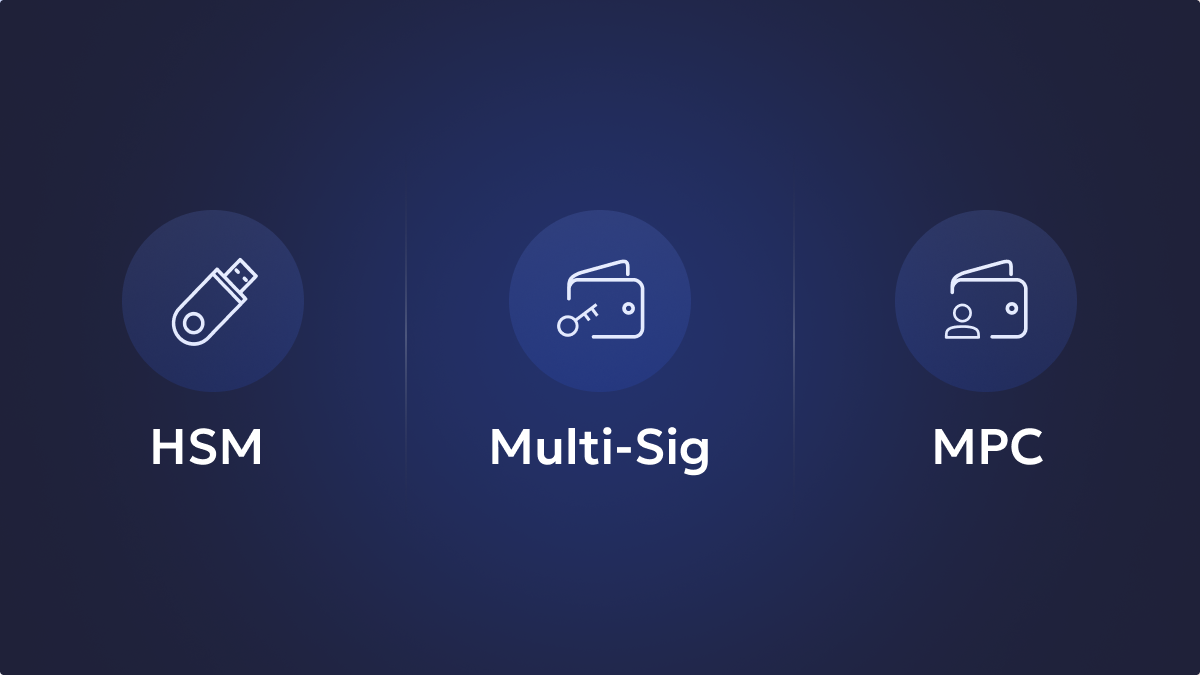The increasing recognition of decentralized solutions has fostered the emergence of numerous innovative approaches. Blockchain technology discussions often highlight the significance of cryptocurrencies, NFTs, and DeFi solutions. Within this context, exploring the concept of DAOs (Decentralized Autonomous Organizations), which have revolutionized traditional hierarchical structures, operational frameworks, and treasury management, is essential.
The increasing recognition of decentralized solutions has fostered the emergence of numerous innovative approaches. Blockchain technology discussions often highlight the significance of cryptocurrencies, NFTs, and DeFi solutions. Within this context, exploring the concept of DAOs (Decentralized Autonomous Organizations), which have revolutionized traditional hierarchical structures, operational frameworks, and treasury management, is essential.
Key Takeaways:
- DAO treasury management lets decentralized organization sustain and grow in the long run.
- It helps ensure that the pooled funds are allocated appropriately across multiple crypto-assets.
Unlock the potential of digital assets for your institution
What is Crypto Treasury management ?
Crypto Treasury management involves the effective administration of an entity’s digital crypto assets to accomplish its strategic and operational goals. This comprehensive practice encompasses various essential activities, such as cryptocurrency management, token funding and investment oversight, trade finance, risk management, and portfolio optimization.
The significance of crypto treasury management lies in its ability to optimize an organization’s digital assets and effectively handle potential risks. It is crucial to meticulously administer treasury operations to guarantee an adequate token reserve for meeting short-term obligations while securing sufficient funds for long-term growth prospects. Additionally, crypto treasury management plays a pivotal role in managing and mitigating various risks, such as crypto-exchange risks, counterparty risk, liquidity risks, operational & compliance risks and risks associated with strategic investments.
What is a DAO treasury?
The DAO treasury serves as a collective pool of funds dedicated to the continuous growth and advancement of the organization. DAO members rely on specified governance mechanisms to determine how the treasury funds are allocated.
Secure and manage your digital assets with Liminal
Decentralized Autonomous Organizations (DAOs) are innovative coordination mechanisms or digitally native organizations that operate based on smart contracts. Smart contracts play a crucial role in establishing and enforcing governance rules within the organization.
DAOs follow a community-based ownership model, where individuals collaborate to achieve shared objectives. Participants have various avenues for engaging with DAOs, such as acquiring the organization’s governance tokens. Ownership of these tokens grants individuals the ability to participate in governance activities.
While DAOs exhibit distinct characteristics compared to traditional organizational models, the treasury management aspect in DAOs shares similarities with conventional organizations. Notably, both require capital to fund operational activities.
How to Manage a DAO Treasury?
The primary principle of DAO treasury management, similar to any asset management, is to prioritize capital preservation. While this principle may appear challenging and self-evident, it holds crucial importance as it serves as a guiding factor for all subsequent decisions made by the DAO.
Fortunately, DAO treasury management is a shared responsibility among all members, alleviating the burden of any single individual. Nevertheless, having a few sensible voices proposing and offering feedback on proposals can assist in maintaining a grounded perspective, particularly during periods of speculative enthusiasm, such as a bull market.
DAO treasury management and Risk evaluation:
Every investment inherently carries a certain degree of risk, making risk management the primary responsibility of a DAO concerning its treasury. The DAO treasury management responsibility can be broken down into four key elements: management expertise, acknowledgement of potential risk, risk evaluation, and strategic execution.
Management Expertise
The DAO must decide whether to handle every investment internally or outsource to decentralized applications (dApps) or professional services organizations. Dedicated management tools and experienced teams possess expertise and track records that are challenging to replicate within a DAO. Even if a DAO is specifically formed for investment purposes, there is no substitute for real-world experience. Additionally, the risk of failure by these tools and teams can be mitigated through platforms like InsureDAO, which offers insurance coverage. Therefore, it is seldom practical for a DAO to independently assess and execute every single investment.
Acknowledgement of potential risk
When evaluating potential investment opportunities, it is natural for individuals, including DAO members, to focus on the potential gains while overlooking the associated risks. To address this tendency, it is essential to establish teams and procedures that transparently assess the risk associated with each treasury allocation.
Appropriate Risk Evaluation
Insurance companies commonly employ a standard formula to assess risk, which factors in the probability of loss multiplied by the potential loss.
The formula is: Risk = Probability of Loss * Loss.
By incorporating such risk assessment formulas, DAO members can better understand and manage the risks involved. Enabling them to make more strategic and informed decisions regarding their treasury allocations and management.
Assessing the probability of loss is a complex subject in its own right, but risk management teams within DAOs can adopt several techniques from traditional finance as precautions:
- Failure Mode and Effects Analysis (FMEA): FEMA technique helps identify potential failure modes and their impact on the overall system. By systematically analyzing failure scenarios and their consequences, DAOs can better understand and mitigate risks.
- Sensitivity/What-If Analysis: By conducting sensitivity analysis, DAOs can assess the potential impact of changes in various factors on their investments. What-If analysis allows them to simulate different scenarios and evaluate the corresponding risks.
- Value at Risk (VaR): VaR is a widely used method in finance to estimate potential loss within a specified confidence level. By applying VaR, DAOs can quantify and manage the potential downside risk associated with their investments.
Managing the loss metric is comparatively simpler on the other side of the equation. DAOs can control losses by appropriately scaling their investments based on the estimated risk. This ensures that investments align with the risk profile, helping to minimize potential losses.
Strategic Execution
Execution risk is a significant topic within the realms of business and finance. In the context of DAOs, it is crucial to consider the following aspects:
Individuals with Treasury Management skills
Ensure that your DAO comprises individuals with the requisite skills and experience to conduct research and implement treasury allocations. Alternatively, collaborate with applications and partners who specialize in these areas.
High signal-to-noise ratio
To ensure efficient decision-making and effective execution of treasury allocation strategies, it is important to have a high signal-to-noise ratio. One approach to address this challenge is establishing a dedicated treasury management committee, as done by Pickle Finance. This committee operates autonomously in day-to-day operations and consults the broader community on major decisions.
System assessment
Regardless of the systems used for storing and managing the treasury, conducting thorough and well-documented test runs for all planned operations is vital. This process should account for system limitations, gas fees, and potential human errors. By meticulously assessing and addressing these factors, DAOs can enhance the reliability and effectiveness of their execution processes.
DAO Treasury Management Tools
If your DAO is encountering challenges in managing its treasury, numerous tools are accessible to simplify and streamline the treasury management process. These tools cater to various tasks, encompassing diversification, reporting, and everything. Some notable tools include:
Diversification Tools
Diversification tools aid in optimizing the allocation of funds across different assets or investment options, ensuring a well-diversified treasury portfolio.
Reporting Tools
With reporting tools, DAOs can generate comprehensive and real-time reports on their treasury performance, including key metrics, financial statements, and analytics.
Risk Management Tools
Risk management tools assist in identifying, assessing, and managing risks associated with the treasury, enabling proactive risk mitigation strategies.
Liquidity Management Tools
Liquidity management tools facilitate efficient management of cash flows, ensuring that the DAO has sufficient liquidity to meet short-term obligations while maximizing investment opportunities.
Governance Tools
Governance tools provide a framework for transparent and efficient decision-making within the DAO, enabling members to participate in governance activities related to treasury management.
By leveraging these tools, DAOs can streamline their treasury management processes, enhance decision-making, and optimize their financial resources effectively.
Popular DAO treasury management platforms:
Yearn
Yearn is an automated tool designed to provide a hassle-free experience for users seeking yield-as-a-service (YaaS) through various backend yield strategies. It enables deposits in currencies such as $USDC and $ETH, along with popular blue-chip tokens like $LINK, $UNI, and $COMP, as well as various Curve LP tokens. Yearn simplifies the process by allowing users to set their deposits and forget about actively managing their investments while it leverages its backend strategies to generate optimal yields.
Balancer
While Balancer may not possess the same overall liquidity level as protocols like Curve or Uniswap, it offers a distinct advantage by enabling the creation of pools containing up to eight different assets. This feature makes Balancer an excellent choice for managing diversified treasuries. The term “balance” in Balancer refers to the mechanism of maintaining a stable ratio of assets within the pool.
Exponent
Exponent offers decentralized capital-as-a-service, empowering DAOs to retain control over their cryptocurrencies while effectively managing their treasuries. Their comprehensive toolkit includes features such as risk monitoring and built-in alerts, enabling DAOs to identify and address potential exploits and threats proactively. With Exponent, DAOs can confidently safeguard their assets and stay one step ahead in ensuring the security and integrity of their treasuries.
Llama
Llama collaborates with DAOs to create customized treasury allocation strategies, providing a personalized and tailored service that lines up with the specific needs of each organization. By understanding the unique requirements and objectives of the DAO, Llama helps optimize treasury management and offers a bespoke approach to ensure the effective allocation of resources.
Future of DAO treasuries
With the advancement and increasing complexity of decentralized governance models, we can anticipate the evolution of more sophisticated DAO treasury management practices. This progress may involve a greater utilization of credit and other financial instruments to facilitate day-to-day operations and transactions like decentralized mergers and acquisitions.






